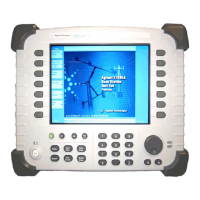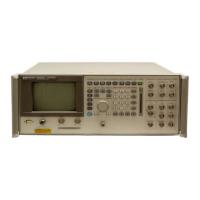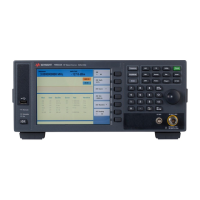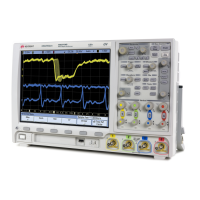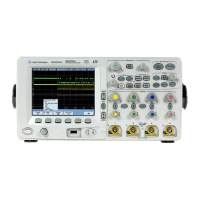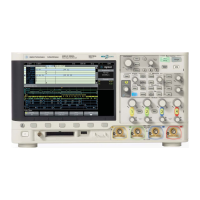10 Chapter1
Understanding EDGE (with GSM)
What Is EDGE (with GSM)?
The GSM framing structure is based on a hierarchical system
consisting of timeslots, TDMA frames, multiframes, superframes, and
hyperframes. One timeslot is 156.25 (157) bit periods including tail,
training sequence, encryption, guard time, and data bits. Eight of these
timeslots make up one TDMA frame. Either 26 or 51 TDMA frames
make up one multiframe. Frames 13 and 26 in the 26 frame multiframe
are dedicated to control channel signaling.
EDGE employs the same symbol rate and frame structure as GSM.
EDGE and GSM signals can be transmitted on the same frequency,
occupying different timeslots, and both use existing GSM equipment.
Due to the similarity between the formats, the transmitter
measurements are the same, with the addition of the following three
EDGE-specific measurements:
• EDGE EVM - Provides a measure of modulation accuracy. EDGE
8PSK modulation pattern uses a rotation of 3π/8 radians to avoid
zero crossing, thus affording some margin of linearity relief for
amplifier performance. It is substantially more demanding than
GSM modulation (GMSK), and EDGE EVM testing is necessary to
reveal performance shortcomings.
• EDGE PvT - Verifies that the transmitter output power has the
correct amplitude, shape, and timing for the EDGE format.
• EDGE ORFS - Verifies that the RF carrier is contained within the
designated 200 kHz channel.
Mobile Stations and Base Transceiver Stations
The cellular system includes the following:
• base transceiver stations, referred to as BTS
(frequency ranges dependent on the standard; refer to Table 1-1)
• mobile stations, referred to as MS
(frequency ranges dependent on the standard; refer to Table 1-1)
Uplink and Downlink
Uplink is defined as the path from the mobile station to the base
transceiver station. Downlink is the path from the base transceiver
station to the mobile station.

